Recording Information and Logic for Areas to Look for Land and Dispersed Camping
Executive Summary
- This article covers some areas to look for suitable land for camping in AZ, and topics around dispersed camping.
Introduction
This video from Bob Wells or “Santa Claus” of CheapRVLiving explains the benefit of spending time on undeveloped land. He bought only 1 acre up around Williams in a location with WiFi — and he paid $2,000. He states that there are restrictions in that county against just parking a van there, but they are not enforced. He then proposes Apache County AZ as having very few restrictions.
This quote from CompassLand describes the weather.
Northern Arizona is known for its great weather and natural beauty. At an elevation of 6,500ft, you can expect low humidity year-round. This makes it a popular worldwide travel destination due to its promise of consistent sunshine and dry desert heat. Apache County will not let you down – you can expect over 270 days of sun, higher than the U.S. average. Summer temperatures average around 80°F!
This area of Arizona is relatively colder than the rest in winter. The temperature in January average 15°F, and 39in of snowfall!
I previously found on the Apache County website that you were allowed to park RVs on land without engaging in building, but I could not find the article where I read that. Apache County only has around 70,000 residents, which would explain why the rules are so lax.
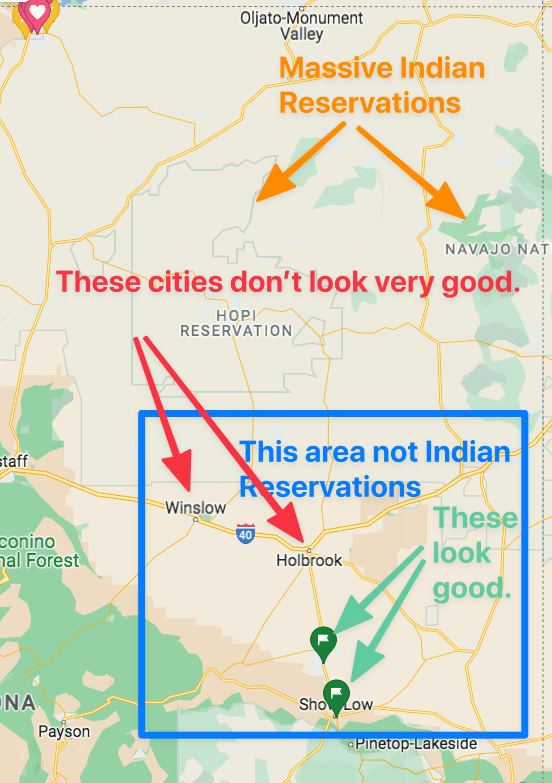
This marked-up map shows the very large Indian population at the top of the county. Indian reservations and Indian areas have high crime levels, and Indian areas are never nice. However, the south of Apache County does not have Indian reservations.
Win Slow AZ has a white population of only around 40%, with most of the remainder being Hispanic and Indian. This means that Winslow is a high-crime city and poorly maintained. This is obvious from the reviews for Winslow at Niche.com.
Living in Winslow is like walking into the 50’s only not as friendly. Medical care is abysmal, so if you have health issues don’t move there. I had to move bc of incompetent doctors. You can go to Flagstaff, but good luck finding a specialist. Living there for 2 years was 2 years too long, and I have family there. I’m glad I moved.
Lived in Winslow, within three weeks, my vehicle was broken into. Winslow has a huge issue with drug use, meth and heroin seem to be the drugs of choice. Walmart, DOC or the railroad are the biggest employers in Winslow. Not the place for my family and me.
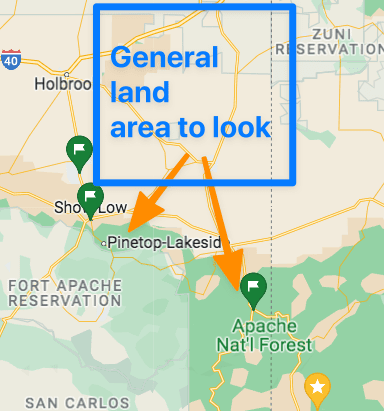
Show Low is the best city of any size, where one has a Home Depot and a choice of services. Show Low has a population of around 10,000 with a high white population. Other interesting smaller cities close by are Alpine and Taylor, which are marked on the map. But it’s important not to get too far away from Show Low, as that is the supply point. Also, the Apache National Forest is close to Show Low, so if the land is purchased close to Show Low, it is close to a nice national forest.
Given this, it seems the search area for land would be roughly the blue square.
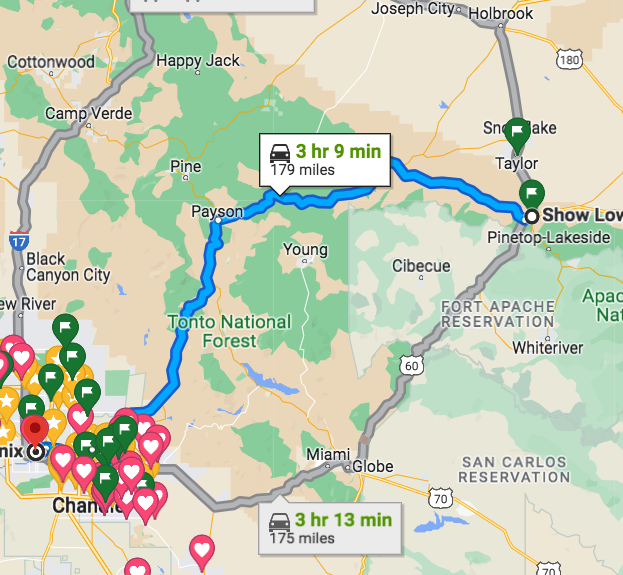
Show Low is around 180 miles from Phoenix. So if a person were to need to go into a large city much more than every few months, this would not be a convenient location.
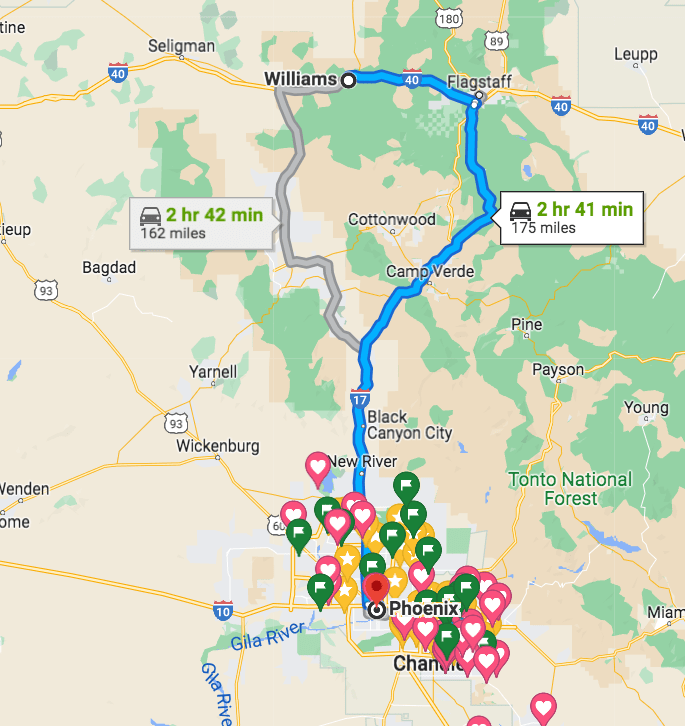
But this is true of Williams, AZ as well. Again, the idea would be to buy land within 30 miles or so of a city, so the transportation time to Phoenix would be more than this.
The primary thing Phoenix has to offer me is its airport — which I don’t see using very much in the future.

This is the climate of Show Low. It would only be comfortable for van living from May through October or six months out of the year. You would need a heated structure to spend time outside of these months. One could put up a Quonset hut and heat it using a gas heater without much effort, but then the question arises, do we want to be there at those temperatures when we could be elsewhere? Low temperatures mean being inside the structure most of the time. It means things like bicycling are less desirable than when the temp is good. And being in one place for the overall year is also a bit boring. It’s more acceptable, of course, if the temperature is suitable. Less tolerable if the temp is too high or too low.
One disadvantage of Apache County is the plots for sale are large, roughly 36 acres. Coconino County, the county around Williams, has much more diverse and smaller plots of land for sale.
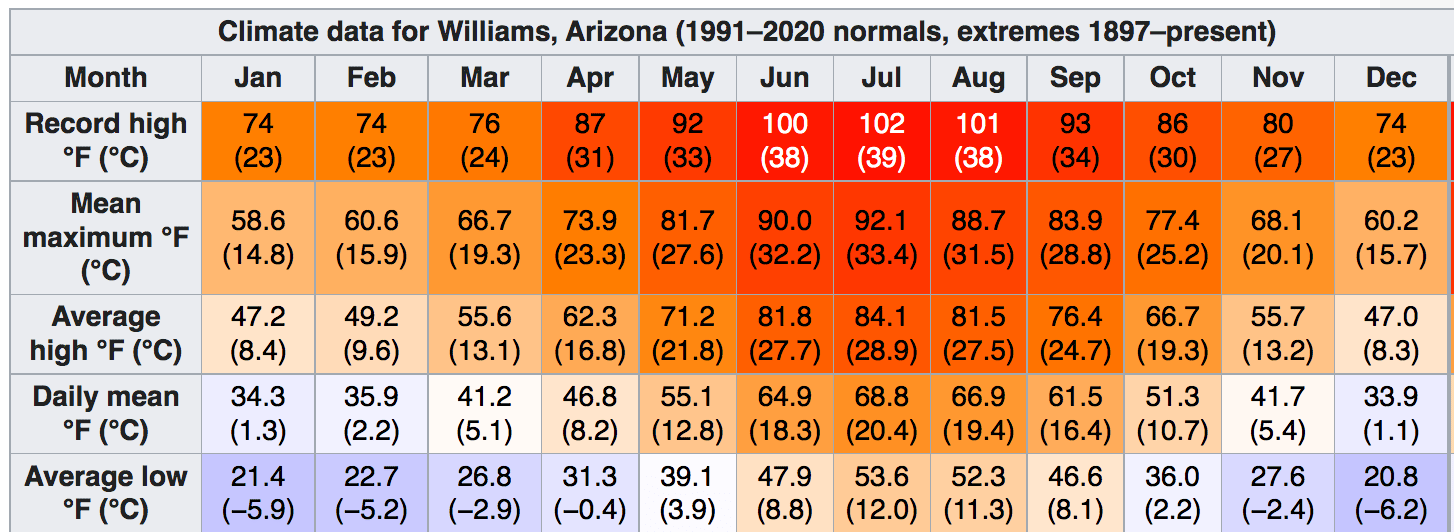
Williams is just a few degrees cooler year-round than Sho Low. Both areas are similar in characteristics, with Apache County having the advantage in terms of few restrictions on land use. Either place would probably work.
Williams has the better supply city, as Flagstaff is a much bigger city than anything close to Apache County. But neither of us like Flagstaff, and traffic and diversity are major downers. So Flagstaff would be the type of city you drive into on Sunday morning before much is going on and then get out of the city after shopping. Williams is also closer to Quartzsite, at only 200 miles. One could drive out to Quartzsite for the winter and entirely bypass Phoenix.
My conclusion is that the south of both Arizona and nearly all of New Mexico is a waste to go to. It is too Hispanic. So the prime travel areas are North AZ and above (S. Colorado, S Utah). N. Colorado and N Utah get crowded.
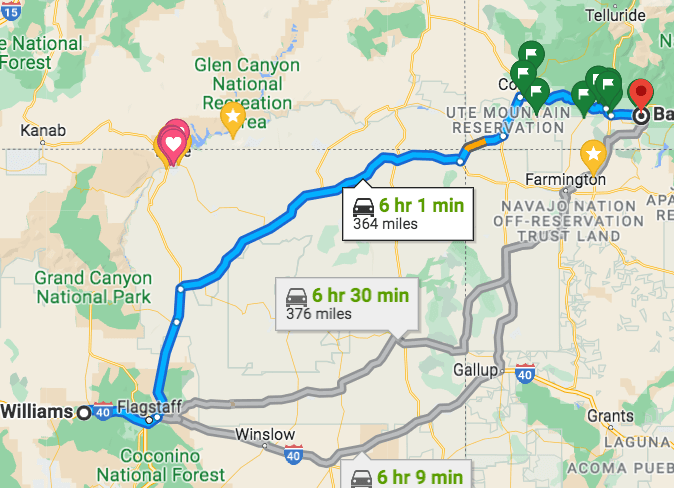
It is a bit of a commitment from Williams or Show Low to get to Bayfield/Durango. Moab is about the same. Furthermore, both Williams and Show Low (areas) are summer locations. So you probably would want to spend your summer around your land most of the time rather than go to Bayfield/Durango/Moab. The land around Bayfield/Durango is much more expensive than the land around Williams or Sho Low.
To give anyone a rough idea of the value of land around Willams and Show Low, the land around Quartzsite is significantly more expensive than the land around Williams and Show Low.
The Wildcard: Cellular and, Therefore WiFi Access
The wildcard in all of this is the WiFi or cellular signal. There are many places you can buy that simply don’t have a cell signal, so you can’t live there.
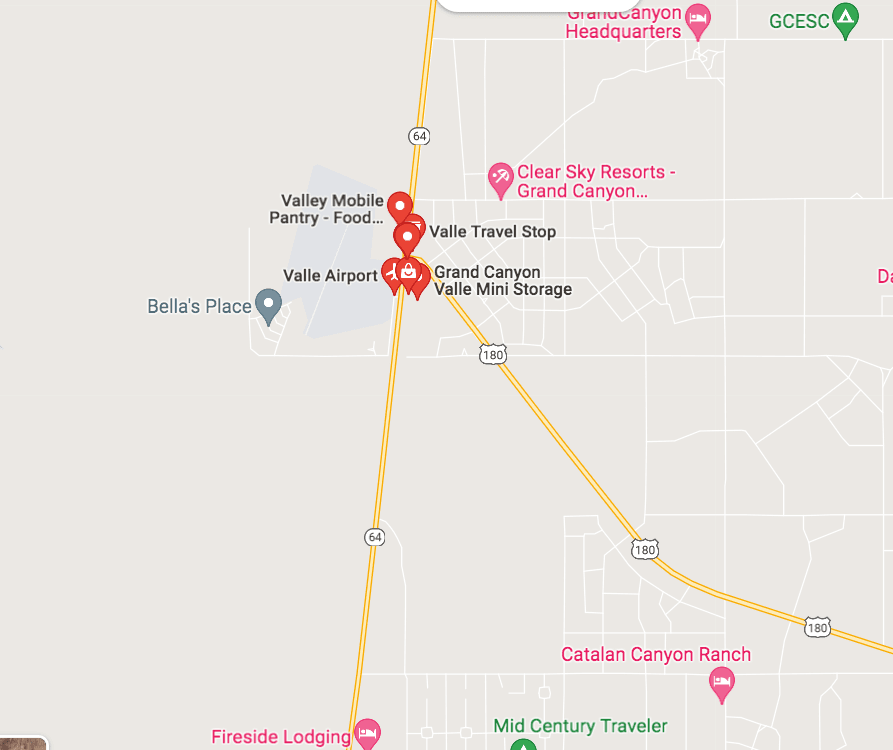
Santa Claus bought his land somewhere in an area called Valle. This location has a cell signal because there are enough people here. This is around 20 miles from Williams and Flagstaff (North of). People fly in here to go to the Grand Canyon. Wikipedia has this to say about Valle, AZ.
Valle (Grand Canyon Junction) is a census-designated place in Coconino County, Arizona, United States.
As of the 2010 US Census the population of Valle was 832. It lies at an altitude of 5,994 feet (1,827 m),[2] at the junction of U.S. Route 180 and State Route 64. Its attractions include the Valle Airport (40G), the Planes of Fame Air Museum, and Birds of Prey formally Flintstones Bedrock City amusement park. Drivers often stop at the town on their way to the Grand Canyon from either Williams or Flagstaff, as it is approximately at the halfway point.
That census was 12 years ago, so the population is now probably over 1,000.
Where Santa Claus bought land makes a lot of sense. Santa Claus is a very resourceful person who has an established history of being able to figure out good solutions, which is why, along with his pleasant personality, is why he has a successful YouTube channel and makes a good income from providing information to people.
Valle is not an incorporated town but has services and is more of a “stop-over point.” There are also several accommodations for the Grand Canyon.
This means Valle is convenient (access to stores, services, and WiFi/cellular), and the land will be inexpensive because the town is so small.
This is how Santa Claus purchased a 1-acre parcel for $2,000. One can visit both Flagstaff and Williams in one day, taking 60 miles driving in a triangular pattern — however, Valle itself has basic shopping, fuel, etc..
It is worth seeing if simply copying Santa Claus might be the shortest and least error-prone route to figuring it out. Santa Claus appears to have found a bit of a unicorn — that is a place conveniently located, with cellular service, and also very low expense.
The problem is that Valle is not a city, so when I search for land in that area, I have to use the zip code, which is 86046 in Coconino County. When I checked online, the 1-acre plots were around 4x more than what Santa Claus paid. Here is 3 acres for $15,000. However, it was listed as being Ash Fork, which is not close to Valle.
So the zip code is too large to target the Valle area by using a zip code. But I found some listings by simply looking under Valle.
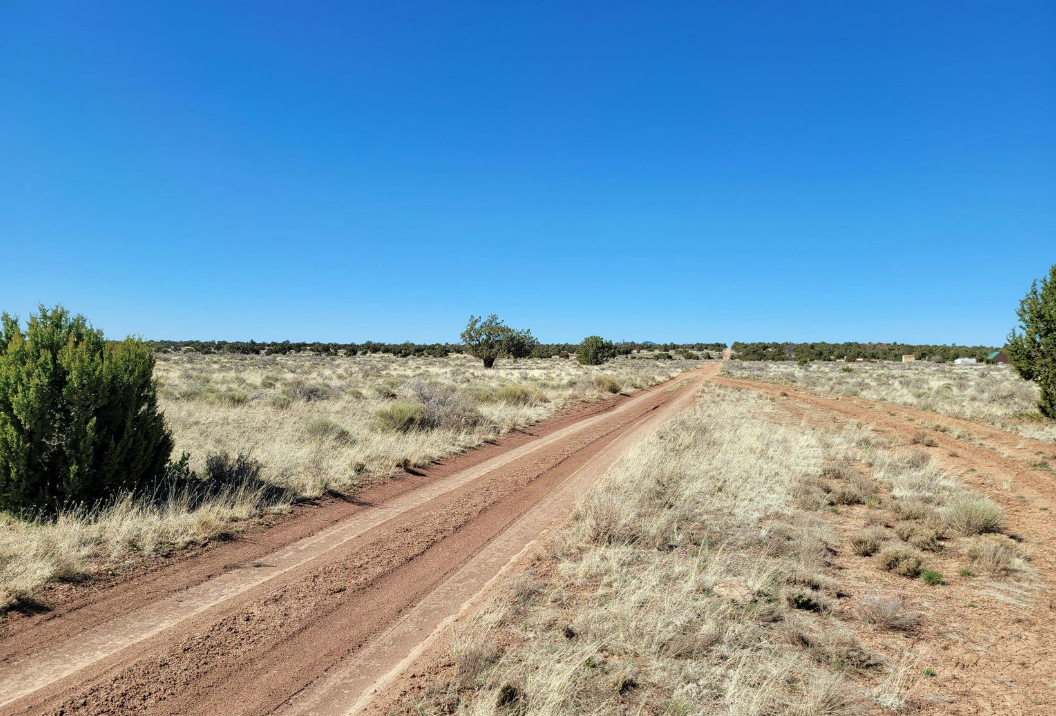
This is three acres for $15,000.
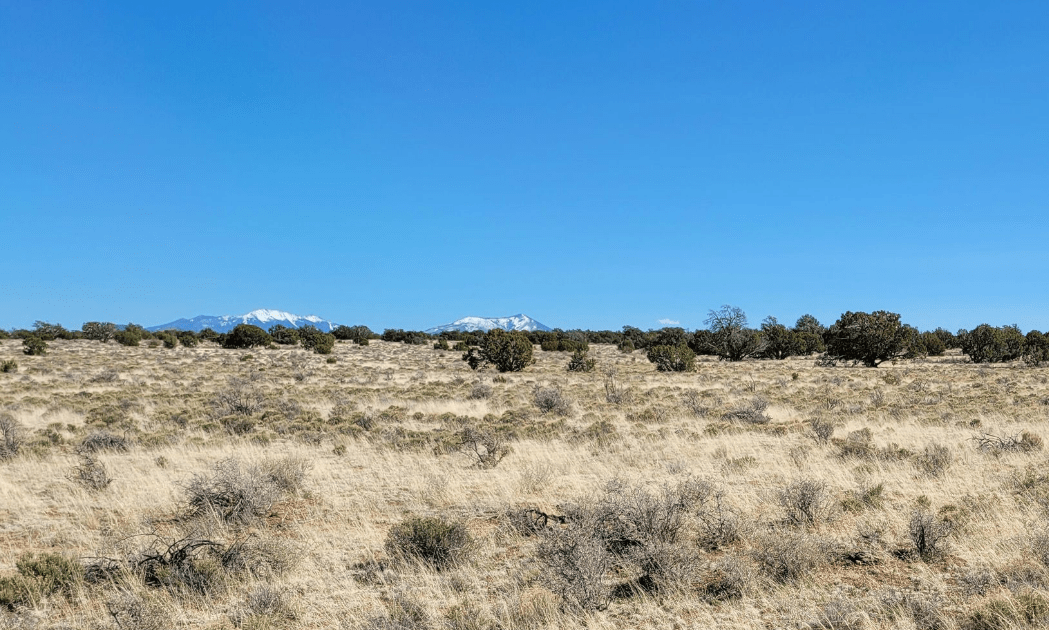
A second picture.
However, you can find similar land around Williams; the price is around three times as much as the land around Valle.
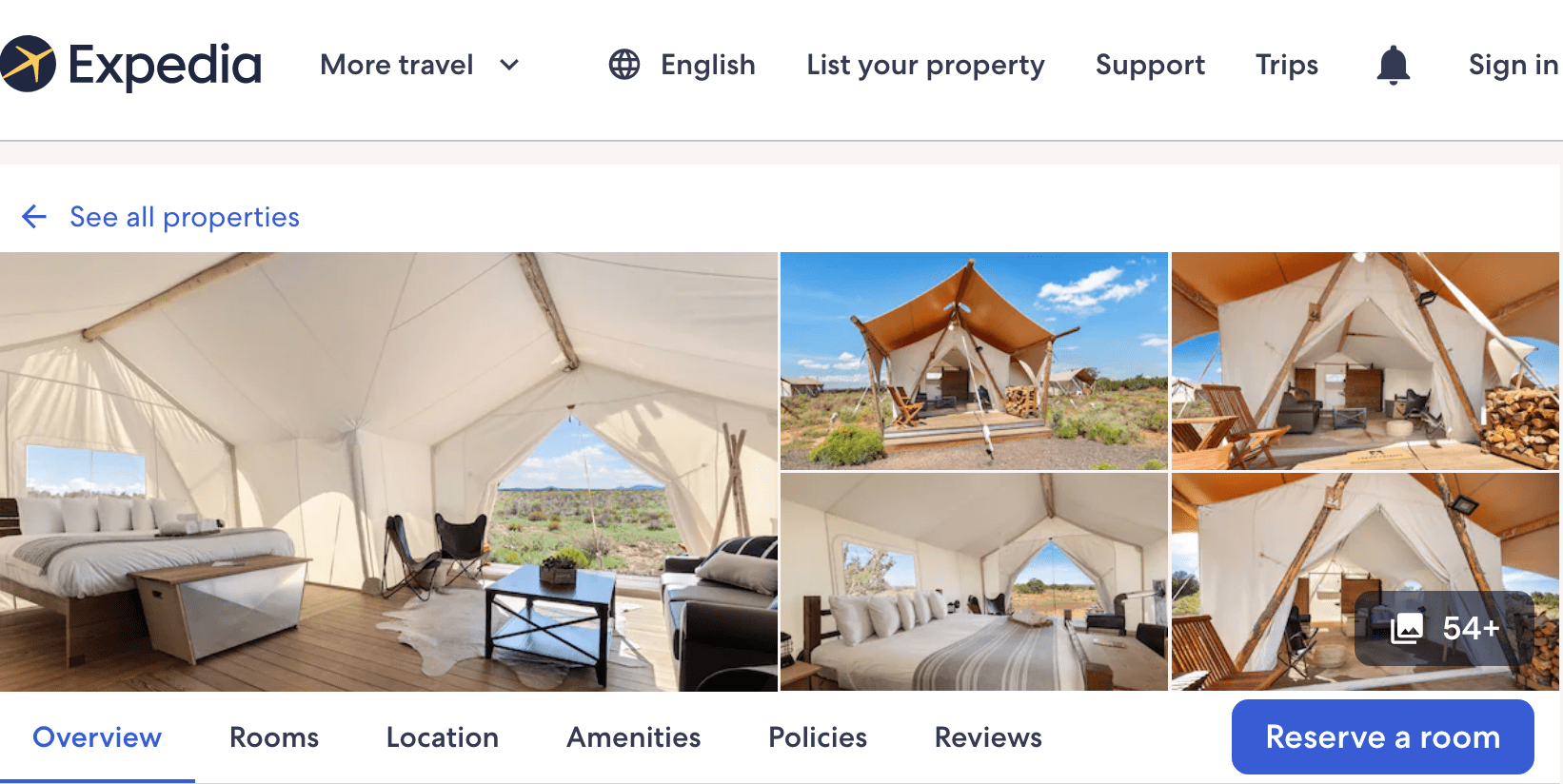
Interestingly, if you want to stay in a tent, you will pay over $200 per night in this area. Its appeal is it is close to the Grand Canyon.
There are a lot of nice tents to choose from — but all tents of any size are a lot of work to put up and take down, and as I will cover in the article The Necessities to Add to a Can or Camper to Stay in Dispersed Camping and Small Towns.
I think I have an easier solution.
Managing the Housing/Structures for a Temporary Land Location
As I pointed out earlier, the weather around Williams is only appealing for about six months.
This got me thinking about how to manage the structures used on the land. Nothing can be stored of value if you are not on land for six months. As pointed out by Santa Claus, and container can be cut into.
The topic of the right trailer became too lengthy, so I moved it out its article at The Best Trailer for Dispersed Camping.
Synopsis of the Management of the Living Equipment Transported in the Trailer
The trailer can be dropped off at a storage facility for safekeeping, or one could move the trailer (as Quartzsite, an example) to Williams with an opposite weather season. Quartzsite is only around 200 miles from Williams — so it’s easy to find land close by to do this.
This video argues that Quartzsite is overly crowded during the winter. Quartzsite receives over 2 million visitors throughout the winter. If we just divide 16 weeks (the winter months) into 20 million (so assuming everyone comes for just one week and then leaves and there is no overlap), that is still 125,000 per week. And there is overlap, as few people stay for only a week, so assuming at least 250,000 people, that makes sense that the shops and services would be packed.
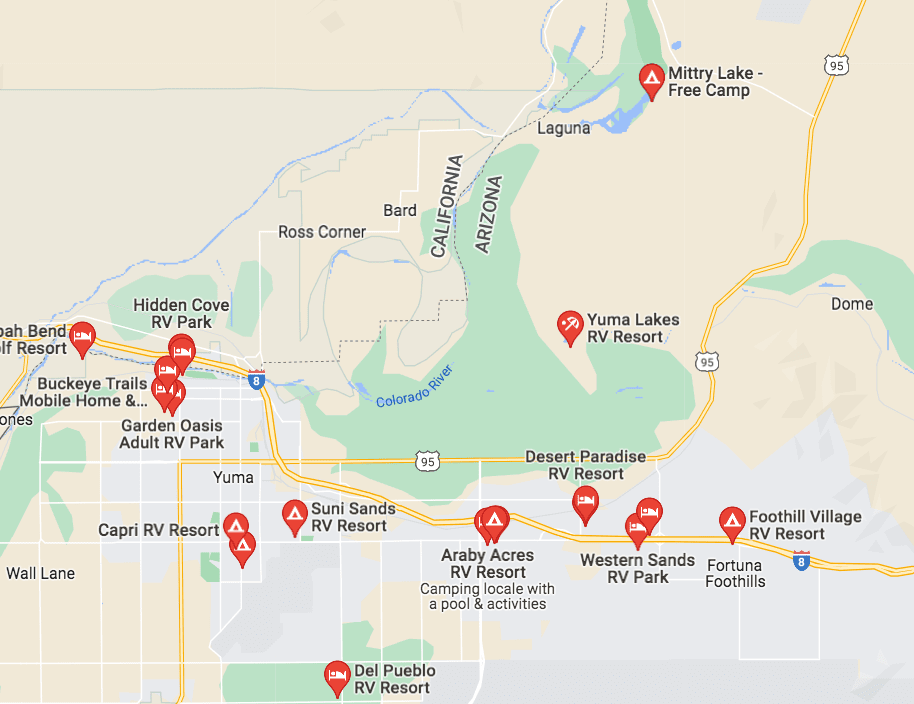
Yuma has many locations when typing in camping in Google Maps. However, most of these are RV parks. I have no interest in paying to stay at an RV park, they are too crowded, and they are designed for people who are not designed for boondocking. Very few people in vans stay in RV parks. However, some locations are free campsites that allow for dispersed camping.
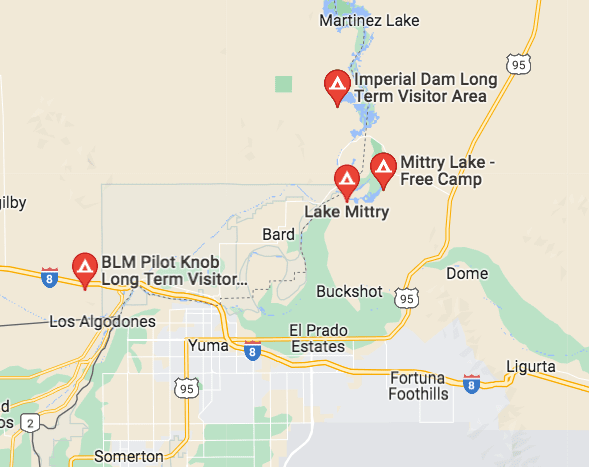
Once you restrict the search to just dispersed camping, all RV parks are removed, leaving you with four locations. However, this is only within a short distance from Yuma. Also, the location where Santa Claus has a video on, below is not included in the results. I reviewed them and found three of them that looked good. This could allow one to switch between dispersed camping locations throughout the winter.
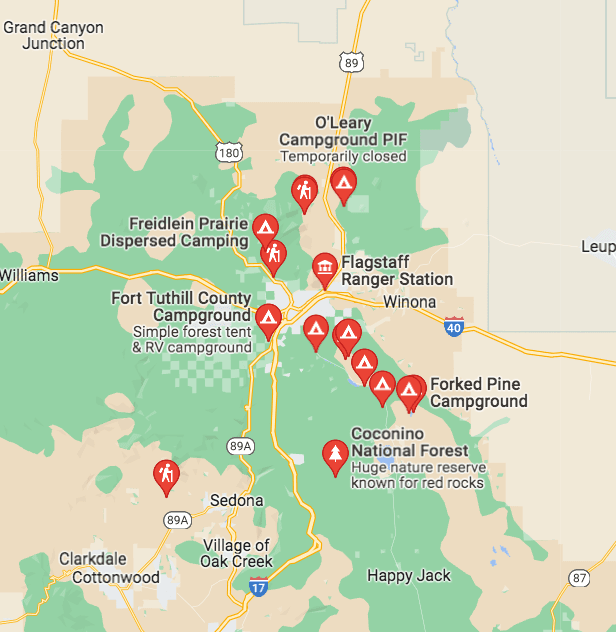
What is interesting is to perform this exact search around Flagstaff many more locations came up. Using the term “dispersed camping” is clearly the term to use when searching for what is free camping and low-population areas to camp. This means the Williams/Flagstaff area is great for van or combined van/trailer living as it offers so many options.
Pros and Cons
As one is only going to be at each plot for 1/2 of the year, it makes sense to buy a small number of acres. However, one does not need to buy land. I will get into this later in the article under hypothesis testing, but one can try camping with a trailer for free first.
This video is from 2017, so Santa Claus mostly spent time camping in places that allow long-term says. In this video, he describes living on Indian Land around 10 miles from Yuma and two miles from the Mexican border. This camping is similar to going to Quartzsite, and it has similar seasons and temperatures.
Yuma is listed as 54% Hispanic, which means it is most likely higher than that, so it is the type of city you would only use for shopping. Santa Claus goes to Algodones to buy prescriptions and see dentists across the border. He does not take his van; he just walks over. He stays out of Mexico overnight by going for short visits and getting Mexican food. Yuma would not be a place to stay, but Santa Claus is not staying in Yuma; his camping area is 10 miles outside of Yuma.
Previous Experiences
It’s normal to begin thinking something is good if you have not done it and experienced the downsides. I liked being at Quartzsite, as you had a lot of privacy, and things like grocery and a gym weren’t too far away. Although I think I was there when the crowds were very low.
I recently tested and enjoyed around four months in a city of only around 3,200 people. I used to follow an approach where I would be on the outskirts of a city. However, recently I have not liked doing this as much. I tried this in Albuquerque, and it was ok, but I still found I was in too much traffic. I am presently on the outskirts of Tucson, and it is ok, but it’s not as nice as the time I spent in Bayfield. One thing that drives me to civilization outside of just shopping is a gym, and the second is libraries and, occasionally, Starbucks. I have enough battery capability (if I am in a location that is temperate, high temperatures undermine the efficiency of my solar). Public parks can be good, but I have found it depends. You become a curiosity for police, and it’s getting more difficult to find parks that don’t have diverse visitors.
There are very few parks like Gilbert Regional Park, which is so large and has plenty of bathrooms. GRP is very good but gets crowded on weekends, and the diversity is off the charts. I see trying to get to more open areas in the future. For example, I can’t see spending another winter mainly in Gilbert Regional Park as I did last year.
So I have a pattern of being attracted to infrastructure. In Bayfield, CO, while the population was only 3,200, I was 20 miles from a much bigger city in Durango, with everything I needed. And Bayfield was a bit of a unicorn as it had a great gym, library, and ample places to park for the night. The park was ok, but small and could get crowded. If Bayfield, CO, did not have its great library, I would not have stayed.
It’s not easy to find cities like Bayfield, and I am unaware of one in the south for the winter months. Furthermore, Bayfield is now seeing a significant amount of new Hispanic residents, so Bayfield may only have another five years as a desirable location.
While in Tucson, I stayed at Catalina State Park and liked it.
I paid $7 per day to stay at Catalina State Park. And it offered a lot of privacy — but at around 1:00, it started getting crowded (it was a Sunday). Catalina State Park is around 2 miles from Oro Valley, so it’s not a place that offers dispersed camping or low population. other camping locations I am thinking of would be far less crowded.
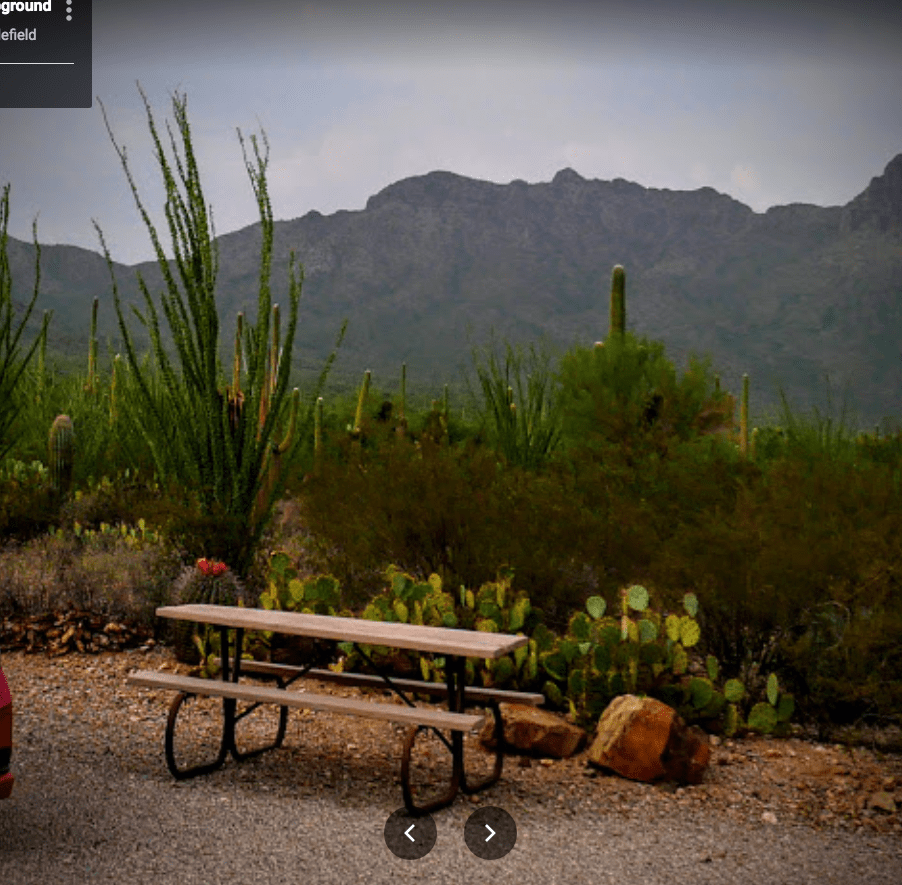
For the most part, Tucson is a highly Hispanic, overcrowded, and unappealing city. However, look how nice some of the views are for dispersed camping.
Testing the Hypothesis
This hypothesis can be tested before looking for land and making purchases. The combination of dispersed camping and small towns may make buying land unnecessary. I can do dispersed camping presently by staying at camping locations with restrooms.
However, to do this without having to go into town constantly, there are several things I figured out that I need, which is covered in the article The Necessities to Add to a Can or Camper to Stay in Dispersed Camping and Small Towns.
This video covers the best places to camp for free in Arizona.